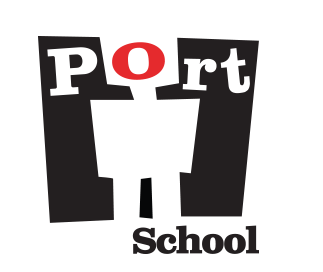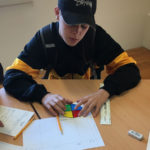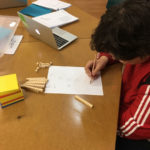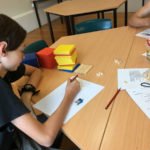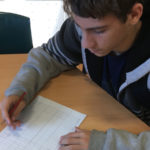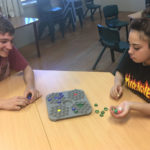The Mathematics curriculum has been linked to the Australian Curriculum, appropriate to the students’ learning ability, and has involved Explicit Direct Instruction. The lessons have been devised to engage all students through full participation, and involve daily reviews of the content, and guided practice to ensure all students have a firm grasp on what has been taught. Lessons focus on filling gaps in students’ mathematical knowledge, by reviewing basic mathematical concepts. A main focus of Mathematics lessons is preparing students for real life situations; they are taught to work with fractions, decimals and percentages, particularly regarding finances. Students learn about the tax system, how taxes will affect them as they start to work and what the government uses these taxes for; superannuation and how this is earnt; and interest, including what it is and how it could affect them in the future through savings accounts and personal loans. Students also learn about different measurement units, how to convert between them and how to apply the correct unit to the situation presented.
As students develop their basic concepts, they learn to apply these to more complex problem solving, through the Certificate of General Education for Adults II and the Online Literacy and Numeracy Assessment (OLNA). Both of these give students the minimum level of Literacy and Numeracy to pursue further educational and/or employment endeavours.
